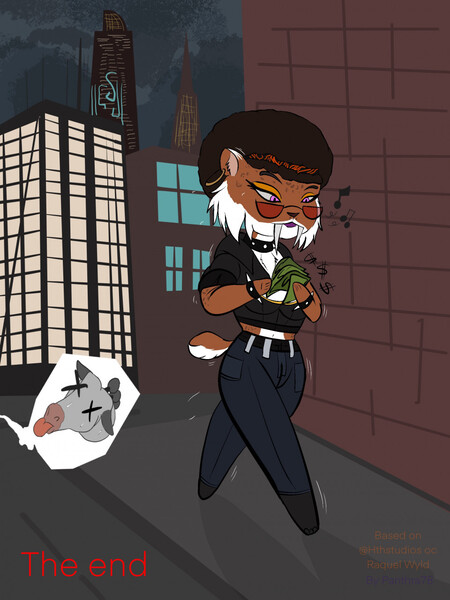

Since the return of indoor dining and retail shopping, five parklets have been removed. There also are four parklets shared by two or more businesses. There currently are 26 parklet locations in the Shore, Light said, with some locations having two connected parklets. Residences also come up to the alley behind the businesses on both sides of Second Street, and parking in front of homes is impacted by customers and employees. “The ‘semi-permanent’ parklet permit – which predates COVID-19 – is managed and permitted separately from the temporary parklet program.”īelmont Shore is considered a special case because of the number of restaurants on the comparatively narrow Second Street, as well as a chronic lack of parking. “As a reminder, the existing temporary parklets are not approved or designed to be permanent,” Light wrote in an email given to the Southern California News Group by a Belmont Shore resident. The Long Beach Restaurant Association and multiple owners have said the added seating saved many businesses, and some are lobbying to allow parklets to remain permanently.īut Ricardo Light, a city traffic planner, said in an email that all the current parklets are temporary, and any permanent or semi-permanent parklet would face more stringent planning and design regulations, along with another permitting process.

Using temporary barriers, parking spaces in front of restaurants were converted to outdoor seating. Parklets were introduced last year after the state, county and city banned indoor dining in response to the coronavirus pandemic.


 0 kommentar(er)
0 kommentar(er)
